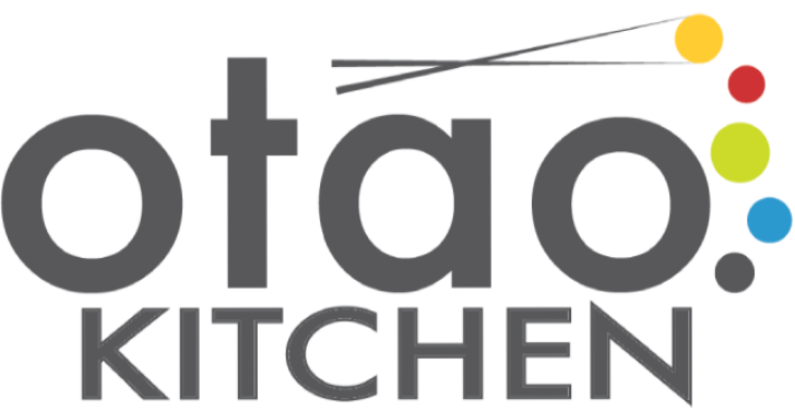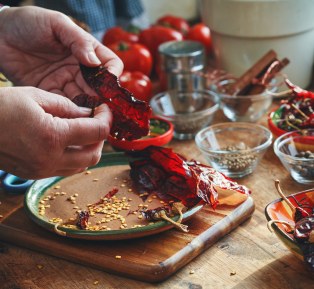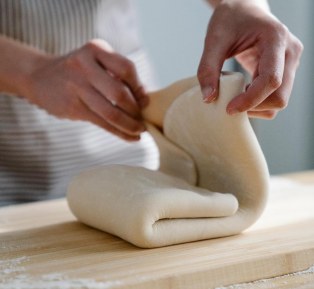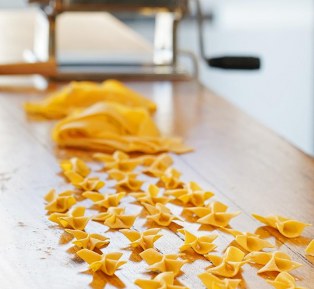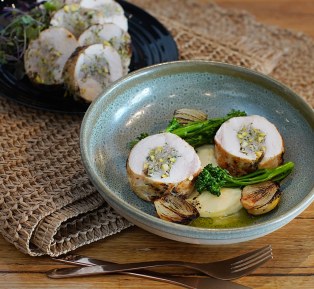
Culinary Inspiration by Otao Kitchen
Cook . Connect. Celebrate
At Otao Kitchen, we believe cooking is one of the most powerful ways to connect—with yourself, your loved ones, and the world around you. It can put a smile on your face, bring family and friends together, and create memories that last a lifetime.
But cooking is more than just connection—what you choose to cook and eat impacts your health and the health of the planet. That’s why we’re passionate about making it as easy and enjoyable as possible for everyone to experience the joy of good, home-cooked food.
“Cook to Connect” is at the core of everything we do. Through our blog, food experiences, and global travel inspiration, we explore the deep relationships between cuisine, culture, and community. From vibrant street food across the globe to time-honoured family recipes passed through generations, we share with you the stories, flavours, and traditions that shape the way the world eats.
Here, you’ll find:
Practical cooking tips and techniques
Authentic global recipes
Cultural and culinary insights
Event planning advice
Kid-friendly cooking inspiration
Travel stories and destination food guides
Seasonal celebrations and global food festivals
Whether you're in your home kitchen or exploring a faraway land, we’re here to help you cook with purpose—and connect with the world through food.
Work Party Ideas in Melbourne: A Guide to Memorable Celebrations
Planning a work party in Melbourne can be an exciting yet challenging task. With such a diverse and vibrant city, the options for a fun and engaging event are endless. Whether you’re looking to build team spirit, celebrate a milestone, or simply provide a well-deserved break from the daily grind, finding the right activity can make all the difference.
How to Choose the Best Food Experience Gifts Melbourne
Melbourne, often celebrated as Australia’s culinary capital, boasts a rich tapestry of food experiences that can tantalize any taste bud. From the aromatic laneways filled with the scent of freshly brewed coffee to upscale dining establishments that offer a fusion of global flavors, the city presents a plethora of culinary delights perfect for gifting.
Why Couple Cooking Class is a Great Choice for Date
If you're looking for a fun and unique way to spend time with your partner, consider taking a couple's cooking class. Whether you’re a seasoned chef or a kitchen novice, these classes offer a fantastic opportunity to bond, learn, and create delicious meals together. Here are seven reasons why a couple cooking class is a great choice for a date:
Why a Corporate Cooking Class is a Fantastic Idea
If you're seeking a unique and engaging team-building activity, consider a corporate cooking class. It’s a refreshing way to bring your team together, enhance communication, and foster a positive work environment. Here’s why a corporate cooking class is a great idea for your next team-building event.
10 Reason to Take Vegan Cooking Classes
Whether you’re already a whiz in the kitchen or someone who’s never cooked before, taking a vegan cooking class can offer a lot of benefits. These classes are taught by professional plant-based chefs who can show you the ropes, no matter your skill level or cooking background. If you’ve recently switched to a vegan diet, you’ll be amazed at how much there is to discover and learn about plant-based cooking!
20+ Team Building Activities for Small Groups
Team building activities are fun games and exercises that help a group work together towards a common goal, solve problems, share enjoyable experiences, or find better ways to collaborate. These activities come in many forms – from quick, light-hearted games you can play during regular meetings, to more involved exercises that might be part of a larger team development workshop.
Why Gift Experiences is A Great Option for Special Occasions
Choosing the right gift for special occasions can be a daunting task. Finding something that truly reflects your thoughtfulness and resonates with the recipient can be challenging. This year, why not break away from the usual and opt for experience gifts?
Tips to Choose Best Team Building Cooking Class Melbourne
Choosing the right cooking class can be a delightful adventure that combines learning, socializing, and of course, eating! Melbourne, with its vibrant culinary scene, offers a plethora of cooking classes, each promising unique experiences. Whether you’re aiming to boost your culinary skills or just looking for a fun way to spend an afternoon, here are some handy tips to help you pick the perfect cooking class in Melbourne.
The Ultimate Guide to Choosing the Perfect Meat Box for Every Occasion
Whether you're planning a simple family dinner, hosting a barbecue, or celebrating a special event, the right selection of meats can elevate the meal and delight your guests.
Jump into this quick guide and explore the various factors and tips when selecting a meat box, ensuring you make the best choice for your event.
Factors To Consider
Choosing a meat box involves looking at several factors to ensure it meets your dietary preferences, cooking habits, and ethical considerations. Here are some of them:
Type Of Meat
Decide which types of meat you prefer—beef, poultry, pork, lamb, game, or a mix. Consider your household's dietary preferences and any food allergies.
Quality And Source
Look for boxes that offer high-quality, sustainably sourced meat. Consider whether the meat is organic, grass-fed, free-range, or conventionally raised, depending on your health and ethical preferences.
Quantity And Frequency
Assess how much meat your household consumes and how often you want to receive deliveries. Some companies offer weekly, bi-weekly, or monthly deliveries. Make sure the amount in the box suits your household size and consumption rate to avoid wastage or shortages.
Cut Variety
Ensure the box includes a variety of cuts that suit your cooking style. Some boxes are focused on specific cuts (like steak boxes), while others offer a broader range (like mixed meat boxes).
Pricing And Value
Compare prices between different suppliers to find the best value. Consider the cost per pound and check if the price includes delivery. Some boxes might seem expensive upfront but can offer better quality or more convenience compared to buying individual cuts from a store.
Packaging And Delivery
Check how the meat is packaged and delivered. Good packaging is crucial for maintaining freshness, especially for frozen products. Verify that the delivery schedule fits your availability to receive and store the meat properly.
Flexibility And Customization
Some services allow you to customize your box or choose different boxes each time. Flexibility in selecting cuts, meat types, and delivery schedules can make a subscription more appealing.
Ethical Practices
If animal welfare and environmental impact are important to you, consider the farming and ethical practices of the company providing the meat. Look for transparency in sourcing and details about animal welfare practices.
Supplier
Decide if you prefer supporting local farms or are okay with ordering from national suppliers. Local options often provide fresher products and support local economies.
Discover our selection of premium meat boxes at Stockman Steaks, and choose a meat box that not only satisfies your taste and nutritional needs but also aligns with your ethical and environmental values.
A Meat Box For Every Occasion
Choosing the perfect meat box for different occasions involves tailoring your selection to match the specific needs and preferences of the event or meal.
Here are some tips to help you pick the right meat box for various occasions:
Everyday Meals
For regular family dinners, opt for a mixed meat box that offers a variety of cuts. Look for meat boxes that include versatile cuts like chicken breasts, ground beef, and pork chops, which can be used in a range of recipes, from quick weekday dinners to more elaborate meals.
Special Occasions
For holidays, celebrations, or dinner parties, choose a premium box with high-quality cuts such as ribeye steaks, whole chicken, or lamb racks. These are perfect for roasting or grilling and will impress your guests.
Barbecues And Cookouts
Select a BBQ meat box that includes cuts meant for grilling, such as burgers, sausages, marinated chicken pieces, and steaks. These cuts are generally ready to go directly onto the grill, making your preparation easier.
Health-Focused Eating
If health is a priority, look for organic or grass-fed meat boxes. These typically contain leaner cuts with more beneficial fatty acid profiles and are free from antibiotics and hormones.
Adventurous Eating
For those looking to try new flavours and types of meat, consider a game meat box or one that includes exotic meats. These can offer unique tastes and experiences for adventurous eaters or themed dinners.
Ethical Considerations
If animal welfare and sustainability are important to you, choose a box from suppliers who prioritize ethical farming practices, such as free-range and grass-fed meats, and who have transparent sourcing policies.
Gift Giving
When giving a meat box as a gift, consider the recipient's preferences and dietary restrictions. A customizable box might be the best option, allowing them to choose what they like best.
Budget-Conscious Choices
If you're mindful of spending, look for boxes that offer the best value for money, perhaps with a good mix of high-quality but less expensive cuts like chicken thighs, pork belly, or ground meats.
Cooking Skill Level
Match the cuts in the box to the cooking skills of the person who will be preparing the meals. Beginners might appreciate simpler cuts that are easier to cook, while more experienced cooks might enjoy the challenge of less common cuts like brisket or whole birds.
By keeping these tips in mind, you can select a meat box that fits the occasion perfectly, whether it's a casual family meal, a special celebration, or a gift for a food-loving friend.
Conclusion
Selecting the perfect meat box involves considering the occasion, the dietary preferences of your guests, the quality of the meat, and how much preparation you're willing to undertake.
Whether you're looking for the convenience of pre-marinated cuts or the superior quality of premium steaks, there's a meat box suited for every occasion and taste.
By following this guide, you can ensure that every meal is not just a dish but a memorable culinary experience.
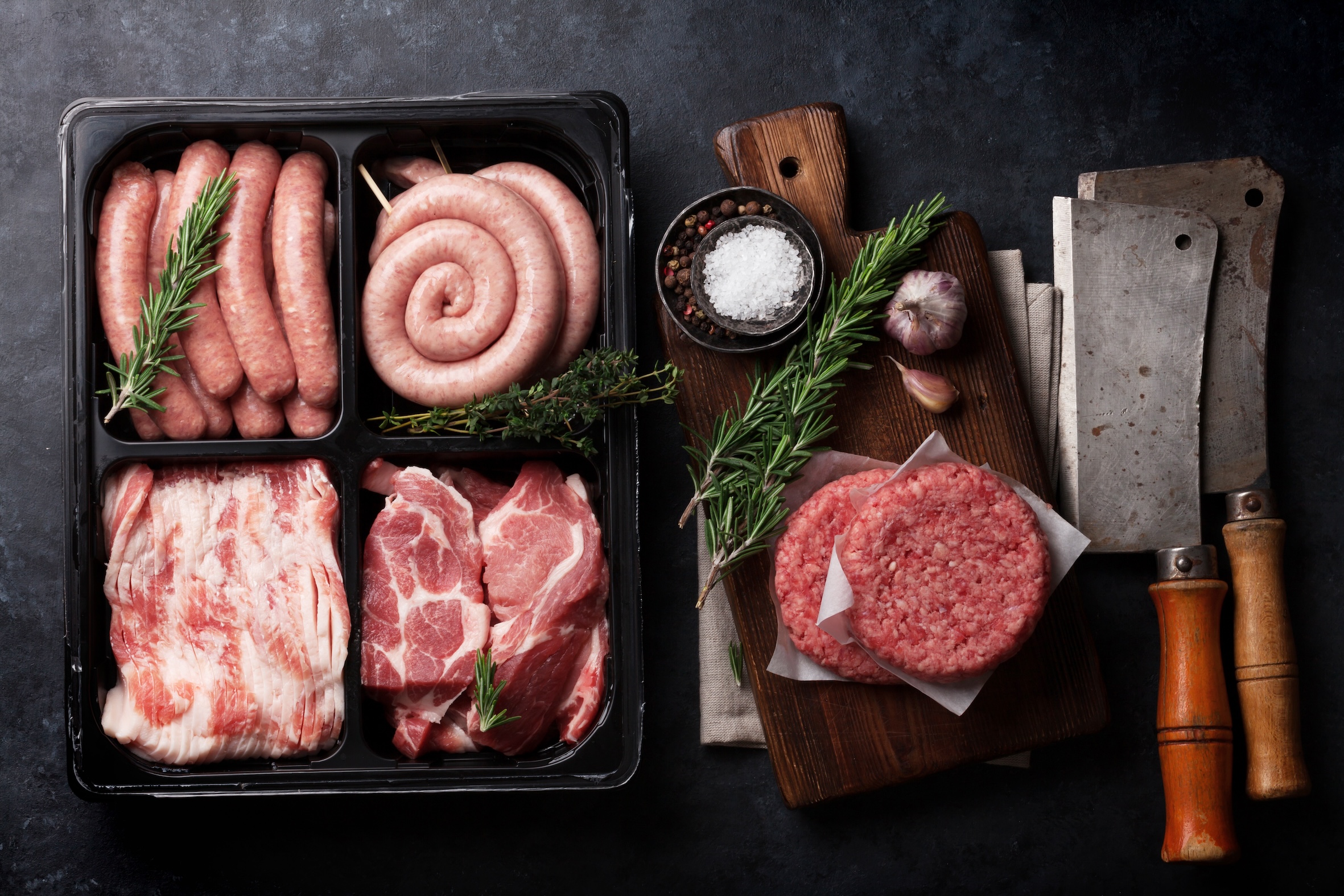
You may also want to try
Indonesian Feast with Tasia & Gracia Seger New
3 hours
$225
Fold & Flow - MFWF
2 Hours
$157
The Confident Home Chef – Sauces, Fermentation & Pickling Workshop
1 Day (9-4pm)
$745
The Confident Home Chef – Bakery Specialties Workshop
1 Day (9-4pm)
$745
The Confident Home Chef – Pastry Specialties Workshop
2 Days (9-4pm)
$745
The Confident Home Chef – Vegetable & Plant-Based Cooking Workshop
1 Day (9-4pm)
$745
The Confident Home Chef – Seafood Mastery Workshop
24 Hours
$745
The Confident Home Chef – Poultry Essential Workshop
1 Day (9-4pm)
$745
The Confident Home Chef – Pork & Game Essentials Workshop
1 Day (9-4pm)
$745
